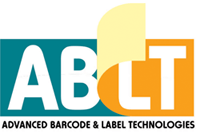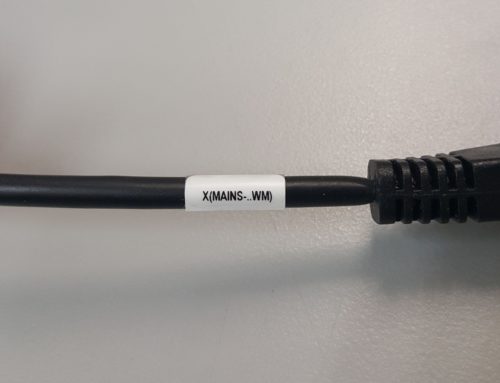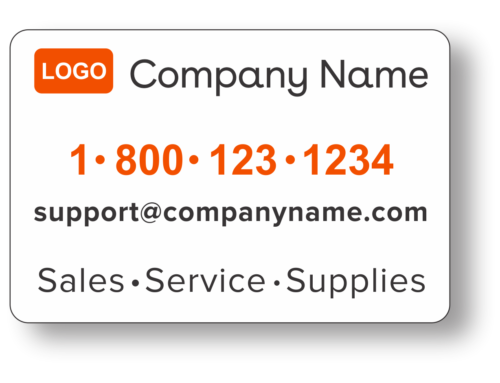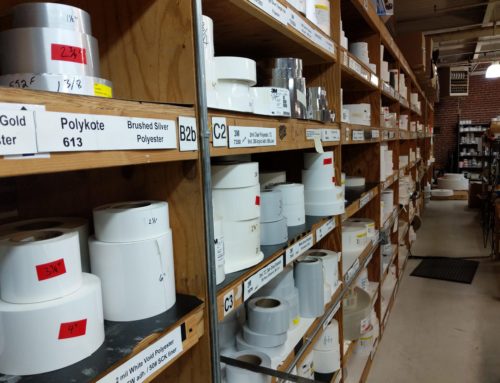Delta Airlines approached Advanced Barcode and Label Technologies to develop a more efficient label and tracking solution with improved labor intensity.
Background
Besides carrying passengers, Delta Airlines also transports cargo throughout the world. Cargo is stored in containers called “Cans” which travel in the belly of an aircraft. The manufacturers of the Cans print a unique, FAA registered nine digit tracking code label which was adhered onto each container.
To track each Can every time it entered and left an airport, Delta employees would hand-write each code since the labels were not bar coded.
To improve this labor intensive, time consuming, and error-prone process, Delta Airlines approached Advanced Barcode and Label Technologies (ABLT) to develop a more efficient label and tracking solution.
Challenge
Computerization would make the process quicker and more accurate. To automate, Delta wanted to re-label the Cans with bar code labels to scan upon arrival and departure. Since over 100,000 containers were already traveling in the system, the labels had to be printed and adhered at each individual airport.
On-site label creation needed to be simple enough that anyone could perform it from any Delta cargo holding location with minimal training. Besides needing the software and hardware necessary to print barcode labels and have the number permanently in the Delta tracking system, label durability was also a challenge. An ultra durable label material with an aggressive adhesive was necessary to ensure the label remained readable and intact for the life of the can.
Solution
After working very closely with Delta Airlines to understand every detail of the tracking process and the environment under which the labels needed to survive, ABLT consultants developed a full service solution which included specially created label materials and software development.
First, ABLT developed a web-based computer program which would allow an individual to login to an especially created website and input the alphanumeric tracking number. Once this number was input, the program immediately created a PDF barcode label, complete with Delta’s logo, to be printed.
This barcode could then be printed by standard desktop laser printer which Delta had at every holding destination.
For a label to print on a standard, inexpensive printer, it had to be fairly thin and pliant. The plastic coating needed for durability and aggressive adhesive required for permanent adherence would not print on a desktop printer. So, ABLT developed a system in which a lightweight label could be printed, but would then be placed inside a uniquely designed Tab-U-Seal plastic cover that would adhere directly onto the can.
The Tab-U-Seal had a white Polyester base material with 3M’s aggressive 350 Structured Adhesive that could handle cleaning chemicals and severe temperatures. After the newly printed label was placed on top of the base, a clear protective laminate flap then sealed the barcode label within the Tab-U-Seal.
ABLT’s Tab-U-Seal solution answered the challenge of needing to print each label on-site while using a strong adhesive and a protective label covering. The web-based system also allowed for management to track the progress of the container re-labeling program.









